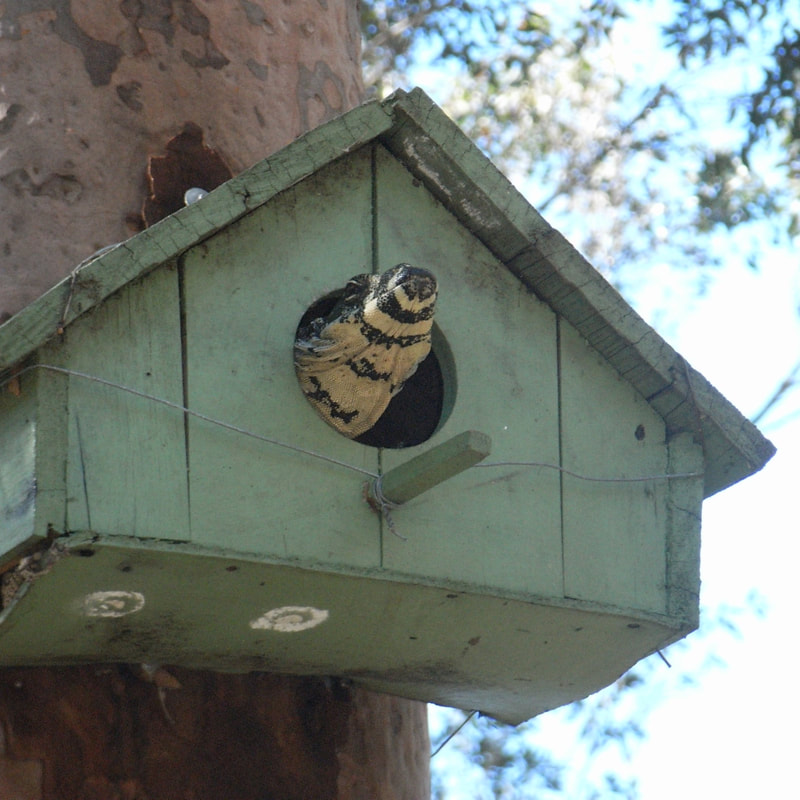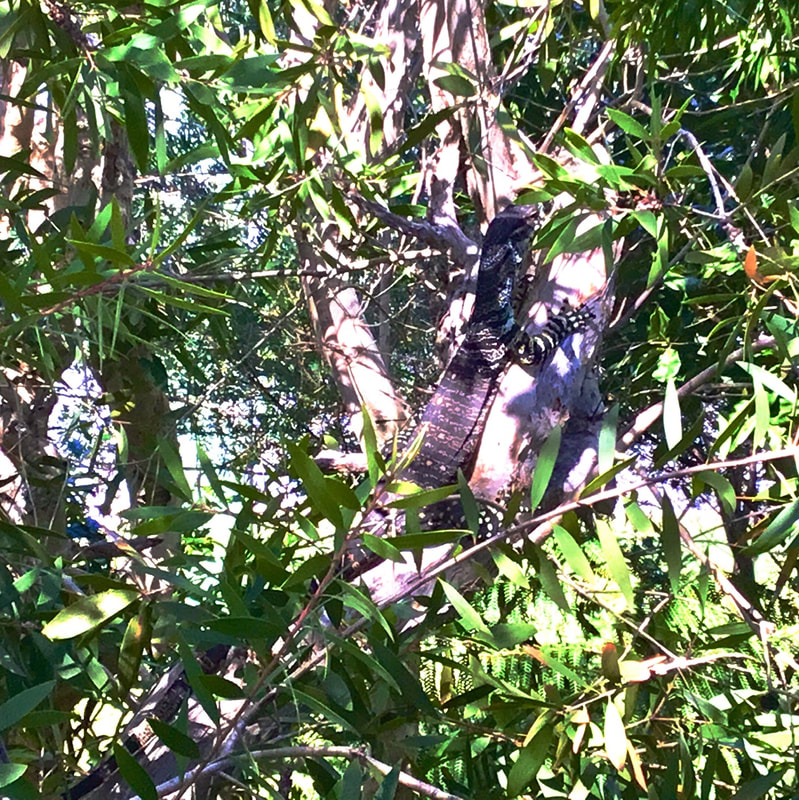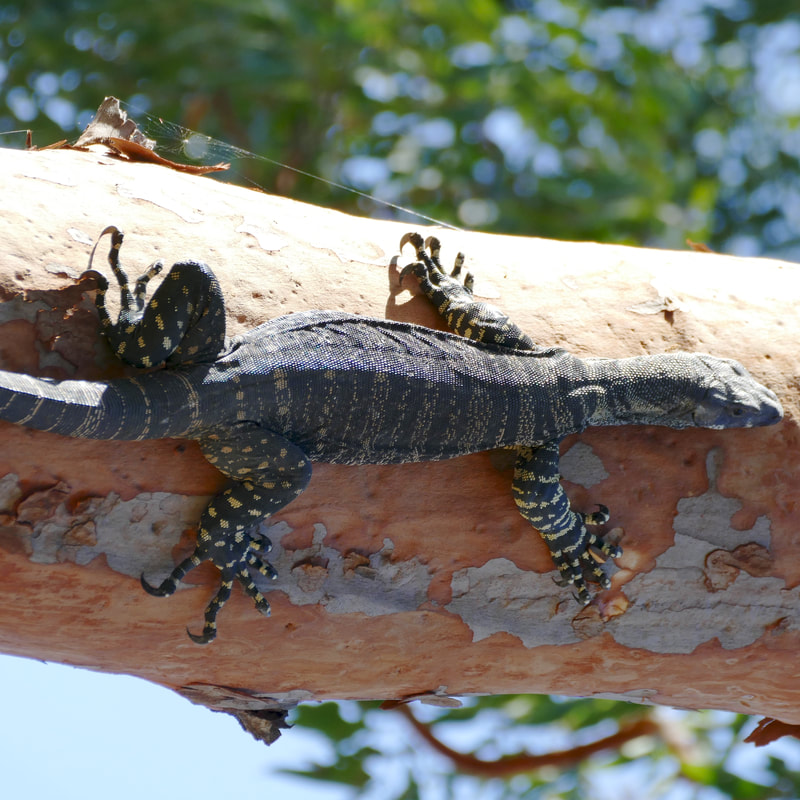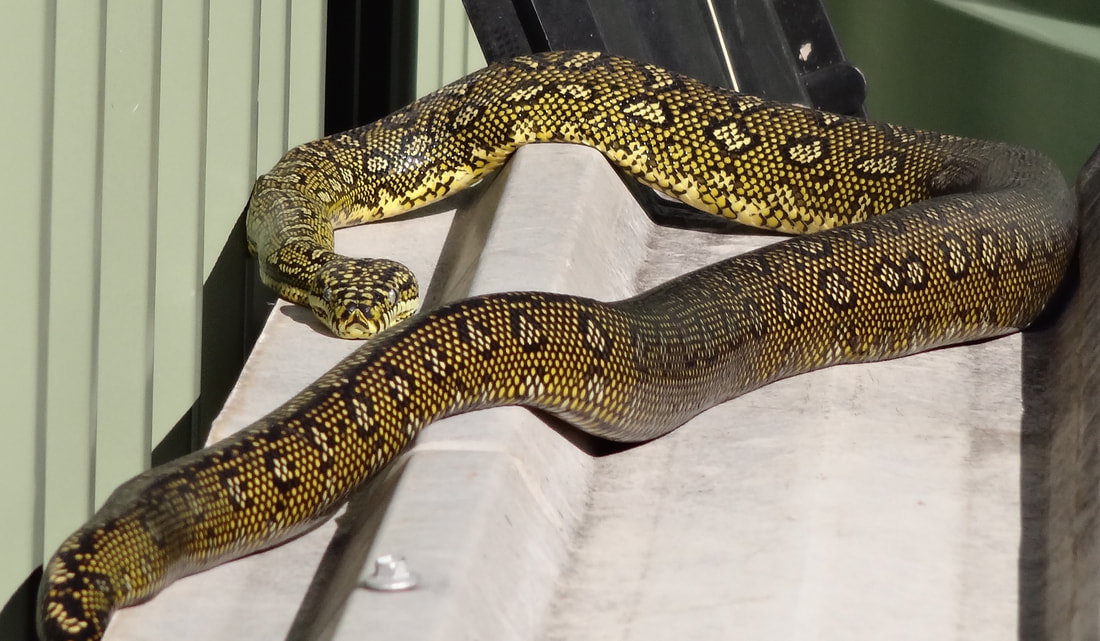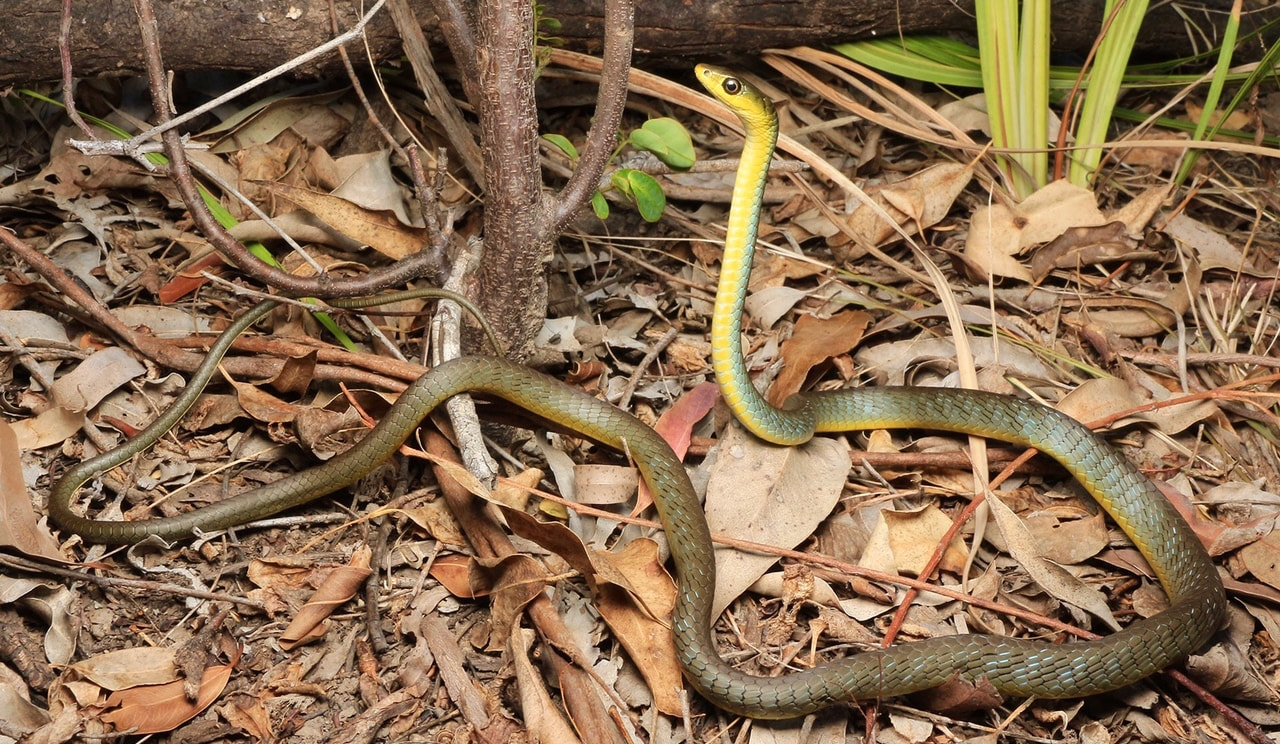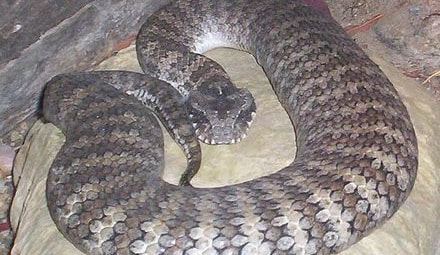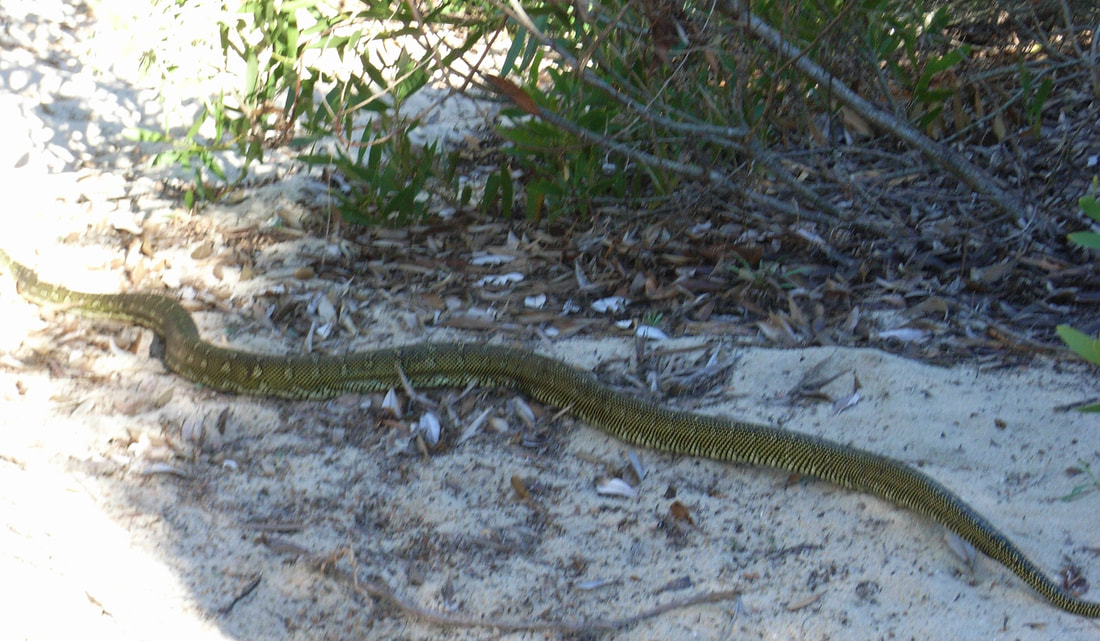Our wonderful Myall area is home to many animals besides our iconic koalas.
Reptiles might not be as cute or colourful as some, but they are just as important.We share our home with a variety of cold and scaly creatures which are important in the scheme of nature.
By Kit Streamer Winda Woppa, Hawks Nest January 2022 Many gardens in Tea Gardens and Hawks Nest have varieties of skinks, which are small brown or grey lizards having different markings depending on the species, growing up to 10 cm in length. Also included in this group is the blue tongue lizard, the largest member of the skink family which are great at eating garden snails and slugs. My yard in Hawks Nest has regular visits from lace monitors or tree goannas - Varanus varies . There is also a hatchling goanna that is only about 30cm long. Goannas can grow to 2 m long, weigh14 Kgs and live up to 40 years in the wild. It is advisable to leave them alone as their claws are huge and their bite mildly poisonous. As well as scavenging for food, goannas will steal birds’ eggs and nestlings. I once witnessed a large goanna raid a wood duck nest in a tree hollow. Of course, there are also many snakes locally. On Winda Woppa I have seen diamond pythons, brown snakes, red bellied black snakes and death adders. Here are a few interesting facts about each of them.
There have been no recorded human deaths as a result of a Red-bellied Black Snake bite to date in Australia.
As well as being non-venomous, the diamond python is one of the most placid snakes in Australia, rarely hissing or threatening people. They are most active from November to December when the female lay eggs in a nest
Their skin is not slimy but dry and is made up of keratin, which is the same material that makes up human hair and fingernails. Whilst kayaking, I rescued a common tree snake from the middle of the Myall River by lifting it out of the water with my paddle and placing it at the front of the kayak. I could tell it was unimpressed because it’s usually dull olive brown skin lit up with flecks of iridescent blue scales! So, it not just the cute and cuddlies that live here. |
